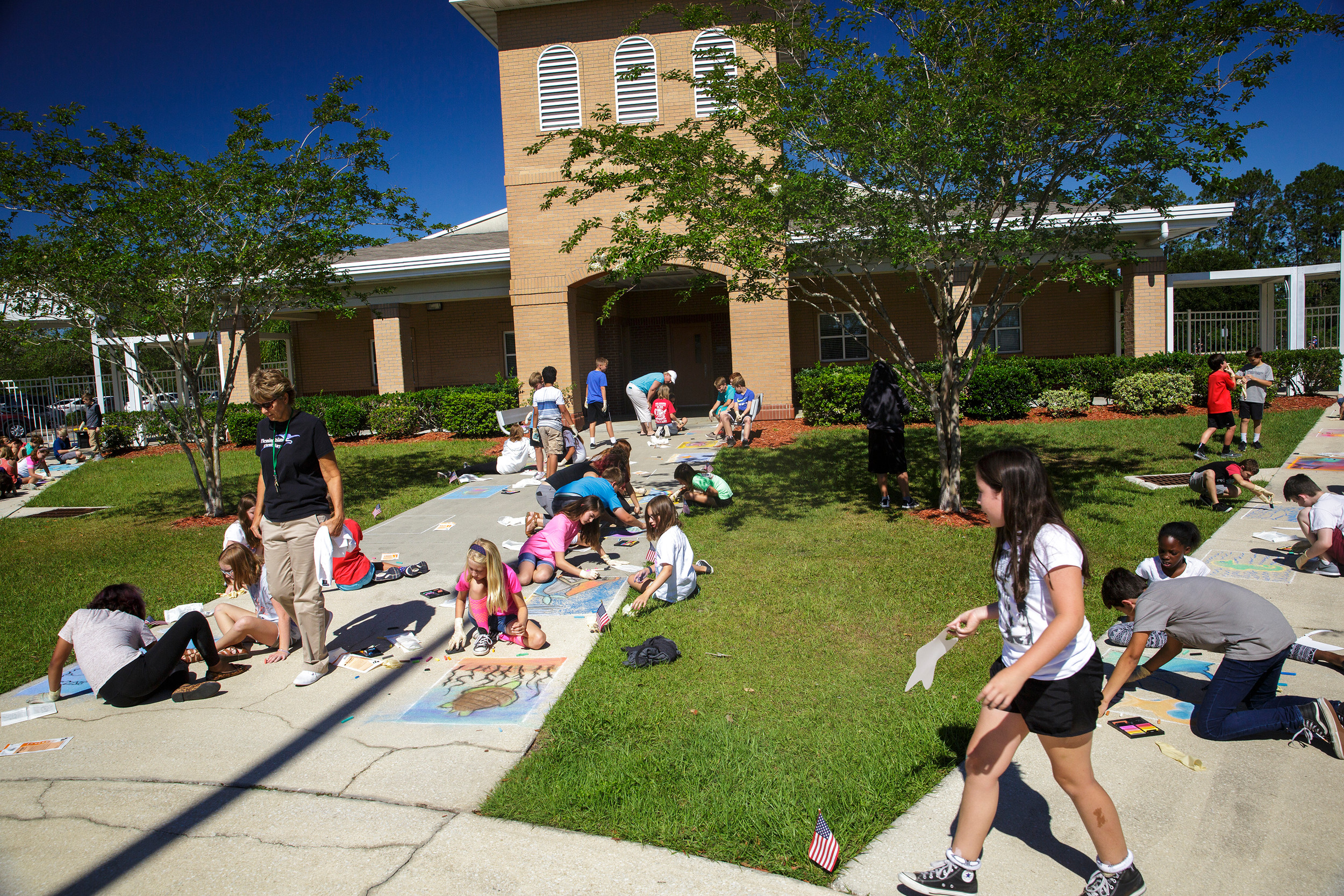Program gives homeless students summer stability
ORANGE PARK – The Clay County School District supports less fortunate homeless students throughout the school year to keep their living arrangements from effecting their school life and grades, but …
This item is available in full to subscribers.
Attention subscribers
To continue reading, you will need to either log in to your subscriber account, below, or purchase a new subscription.
Please log in to continueDon't have an ID?Print subscribersIf you're a print subscriber, but do not yet have an online account, click here to create one. Non-subscribersClick here to see your options for subscribing. Single day passYou also have the option of purchasing 24 hours of access, for $1.00. Click here to purchase a single day pass. |
Program gives homeless students summer stability
ORANGE PARK – The Clay County School District supports less fortunate homeless students throughout the school year to keep their living arrangements from effecting their school life and grades, but it’s not as easy over the summer to ensure students receive proper care or have proper shelter.
An April count by the Clay County School District’s homeless case management program Project R.E.A.C.H. – Requisite Education and Academics for Clay’s Homeless – revealed 944 students considered homeless in the district, up nearly 100 from last year’s count.
Project R.E.A.C.H aims to remove the barriers that would keep a student from enrolling, attending and succeeding in school through events and initiatives aimed at eating away a child’s mitigating circumstances.
“You would never want a child to feel different from anybody else,” said Suzanne Church, a Project R.E.A.C.H co-coordinator. “That is the goal of our program – to remove any barriers that would make them feel different.”
Project R.E.A.C.H receives funding through the McKinney-Vento Education of Homeless Children and Youth Assistance Act. The federal program awards dollars to states to support programs that ensure educational stability for homeless children and youth.
The organization conducts the count school by school. The district’s homeless advocate, Melissa Whitaker, contacts each student’s guardian individually to ensure their family qualifies for program initiatives funded through the grant.
Some children do not have guardians, however. These ‘unaccompanied youth’ are children that neither have a permanent address nor a proper guardian and either live in cars, sleep on friend’s couches or perhaps have no shelter at all.
Of the 944 identified through this year’s count, 124 of these students qualify under this category and 35 are elementary school-age children.
Many of these children, if they can get to a qualified school, can receive free school lunches over the summer, but the district’s resources are limited when it comes to housing. In these cases, it turns to other agencies to fill the gap of services.
“With that kind of number and the small amount of apartments we have, that’s kind of a drop in the bucket,” said Patrick R. Hayle, executive director of Mercy Support Services. “We refer them to other agencies and typically those agencies are not in Clay County.”
Mercy Support Services currently owns eight apartment buildings within the county to run its self-sufficiency program, which helps people return to self-sustainability and out of homelessness through social services and case management.
However, if their apartment complexes are full and someone calls looking for housing, Hayle said he must refer them outside of the county.
Clay County has roughly 2,500 affordable housing units within, or just north of county lines, according to a report by the Clay County Economic Development Corp. All of the 11 affordable housing apartment complexes within the county are at or near maximum occupancy.
Without a homeless shelter in the county, there isn’t anywhere for these people to go, said Hayle. So many will move into extended stay hotels without a lump sum to fund a deposit on a rental. Hayle said since this trend began, there have been more county motels that have begun to offer extended stay rates.
“They’re living day to day or week to week,” Hayle said. “The definition of homelessness in this case is that they don’t have a home of their own, but some of them are actually able to put themselves up in extended stay hotels. The others are just going place to place. Some may live with friends or stay in cars until they outlast their welcome...and what we have seen is that a few others which were heretofore not considered extended stay have now joined that group.”
R.E.A.C.H helps students plan for the future despite whatever current predicament the student is experiencing. They offer services to help students qualify for tuition waivers to obtain higher education and transportation assistance.
Church said that as Clay County’s population grows, so too will the number of homeless and unaccompanied youth in the school district and the funding the program receives.
“The homeless students need additional services, we try to offer fidelity – we’re trying to make sure they don’t jump from school to school – they’re in a safe environment when they’re in school.”











